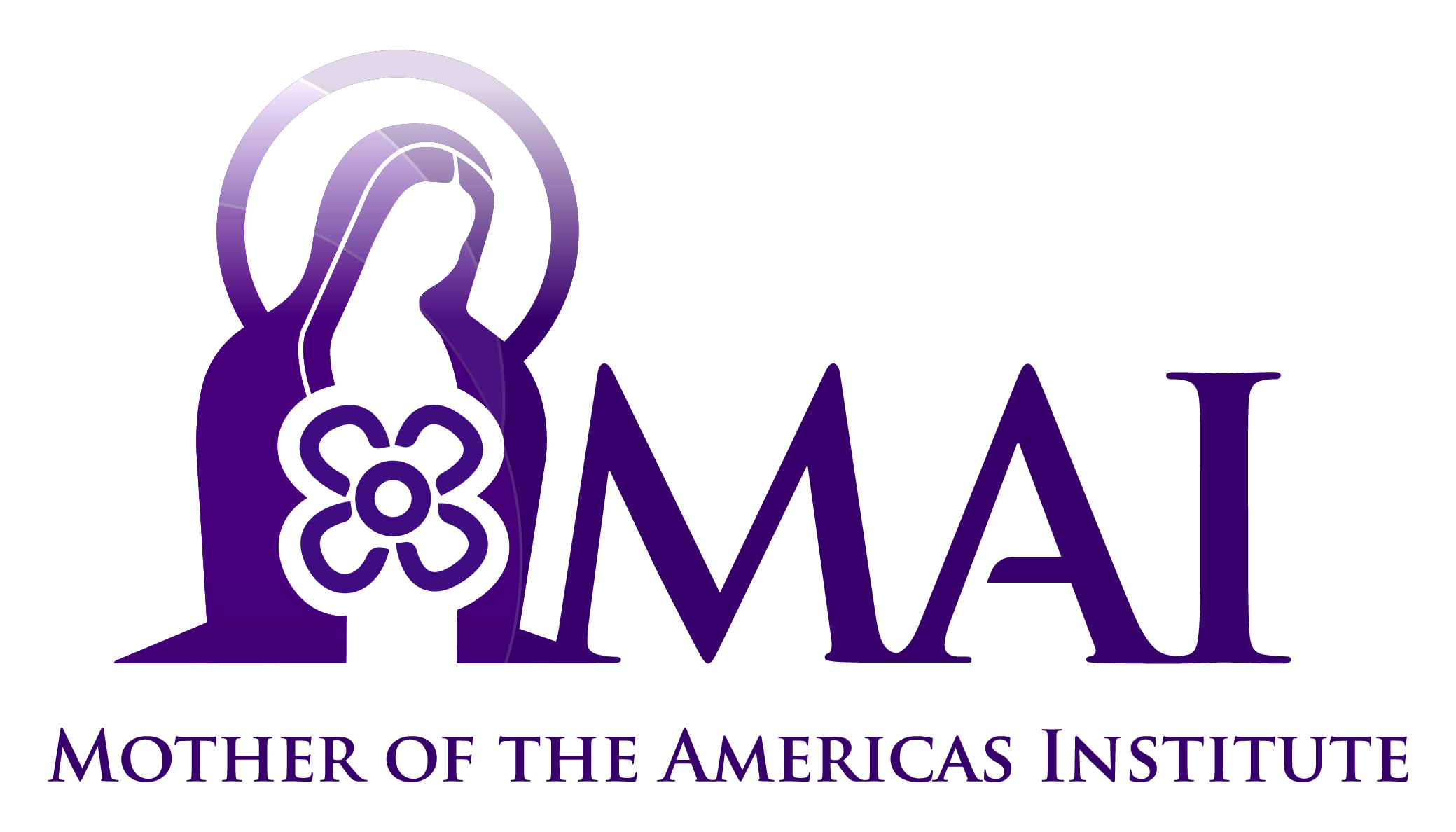The phrase “new evangelization” has recently become much more popular among many Catholics. This is a good thing; yet, with popularity, there is also the problem of confusion over what it means. The first step in understanding the new evangelization, of course, is to make sure we understand what the Church means by evangelization. If you haven’t already, we suggest you read What is Evangelization? before continuing this article.
So if evangelization is just about everything the Church does, then what is “new” about the new evangelization? In a certain sense, nothing! Indeed, when Saint John Paul II first used the term, he said just this: “A new evangelization has begun, as if it were a new proclamation, even if in reality it is the same as ever.” The Church always has and always is evangelizing as our understanding of its meaning from Evangelii nuntiandi indicates. The then Cardinal Ratzinger was emphatic about this point about the Church saying, to the Catechists during the Great Jubilee, that the Church evangelizes when “She celebrates the eucharistic mystery every day, administers the sacraments, proclaims the word of life—the Word of God, and commits herself to the causes of justice and charity. And this evangelization bears fruit: It gives light and joy, it gives the path of life to many people; many others live, often unknowingly, of the light and the warmth that radiate from this permanent evangelization.” Moreover, truth never changes; the Gospel content delivered to the Apostles is the same Gospel proclaimed today. Yet, while this truth has been proclaimed for 2000 years and has borne much fruit, the circumstances have greatly changed as we indicated in our earlier historical sketch. There is now the need for something new which takes into consideration these new challenges. John Paul identified what “new” was needed to the bishops of CELAM in 1983. Today evangelization must be new in ardor, new in method, and new in means of expression (please visit the associated links for more on each of these).
Having said that the Church has never stopped evangelizing, today’s new circumstances do demand an adjustment, to some extent, to the two main categories of evangelization. Traditionally, evangelization has been subdivided into the categories of “pastoral care of the faithful” and “mission” (see Redemptoris missio, 33). Pastoral care of the faithful includes those aspects of evangelization aimed at nourishing the faithful (i.e. those already baptized) such as preaching the Gospel, celebrating the Sacraments (specially the Eucharist), and guiding them in the truth. Pastoral care, therefore, presupposes a community of Christians who are fully sacramentally incorporated into the Church and who try to live as disciples of Christ. Today the varying degrees of departure of baptized and confirmed Catholics from understanding the meaning of, and authentically living according to the obligations of discipleship has skyrocketed. In fact, the percentage of baptized Catholics who are wholly ignorant of the faith and their obligation to discipleship is so large, that pastoral care now necessarily begins to merge into certain aspects of what has traditionally been considered mission. This area of confluence belongs to the new evangelization. Ecumenism and the restoration of Christian unity also come under the category of pastoral care, and as a high priority it should be added. These considerations bring pastoral care into contact with the new evangelization (see Redemptoris missio, 34).
Mission is also intimately linked with the new evangelization (see Redemptoris missio, 33). The term mission comes from the phrase missio ad gentes, the sending of Christians to the nations (that is to non-Christians), to proclaim the Gospel. Mission proclaims Christ to those who have not yet heard of Him, or at least have yet to adequately respond to the message. The new evangelization is directed toward societies and peoples who were Christian at one time. Culture and many of the values in these societies remain those which came from their ancestors’ acceptance of the Gospel, even while the personal acceptance of the Gospel is no longer widespread today. In other words, the new evangelization will be to societies who have already heard the Gospel, or think that they have heard it, but for a variety of reasons have not accepted it, no longer practice the faith, or have consciously left it (see Redemptoris missio, 33, 37).
John Paul II, then situates the new evangelization in an intermediate position between pastoral care of the faithful and the missio ad gentes, having an overlap with each. Moreover, he warns that the boundaries between the new evangelization and its neighbors are not always “clearly definable” (Redemptoris missio, 34). The importance of this lack of clear definition demands that those serving the new evangelization must not create artificial barriers between pastoral care and the new evangelization, or between new evangelization and missio ad gentes so as to inhibit effective apostolic action through a mutual exchange between either interconnected pairs (i.e. pastoral care—new evangelization and new evangelization—missio ad gentes).

